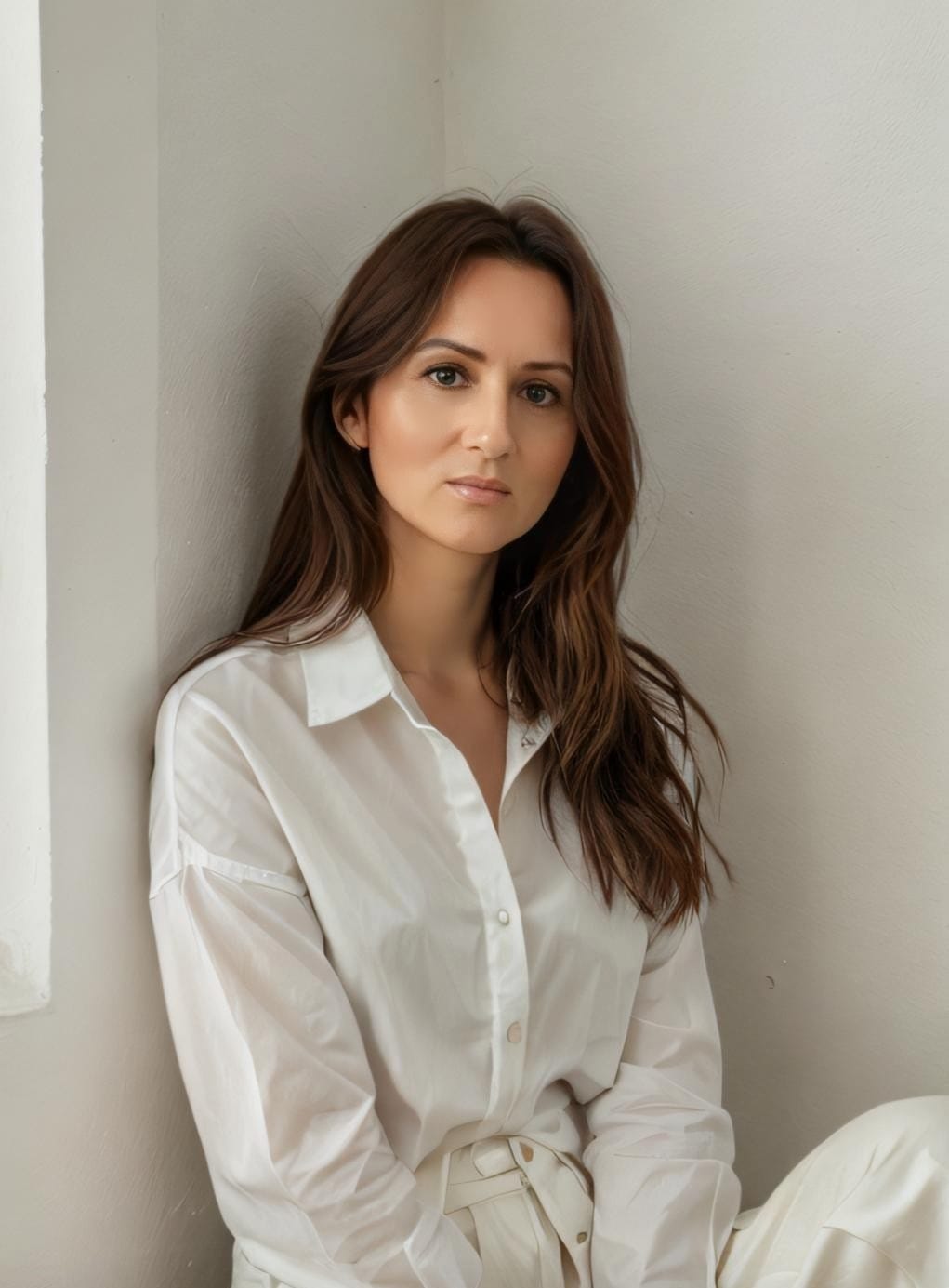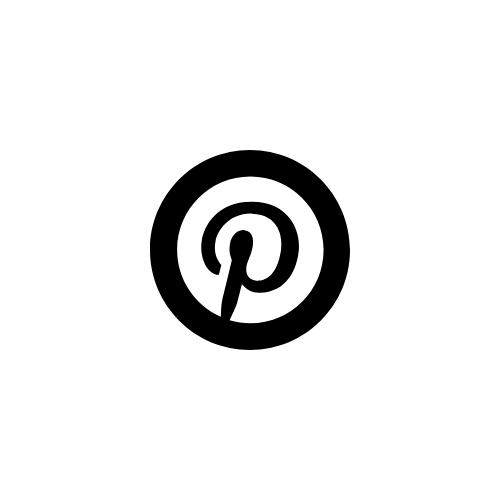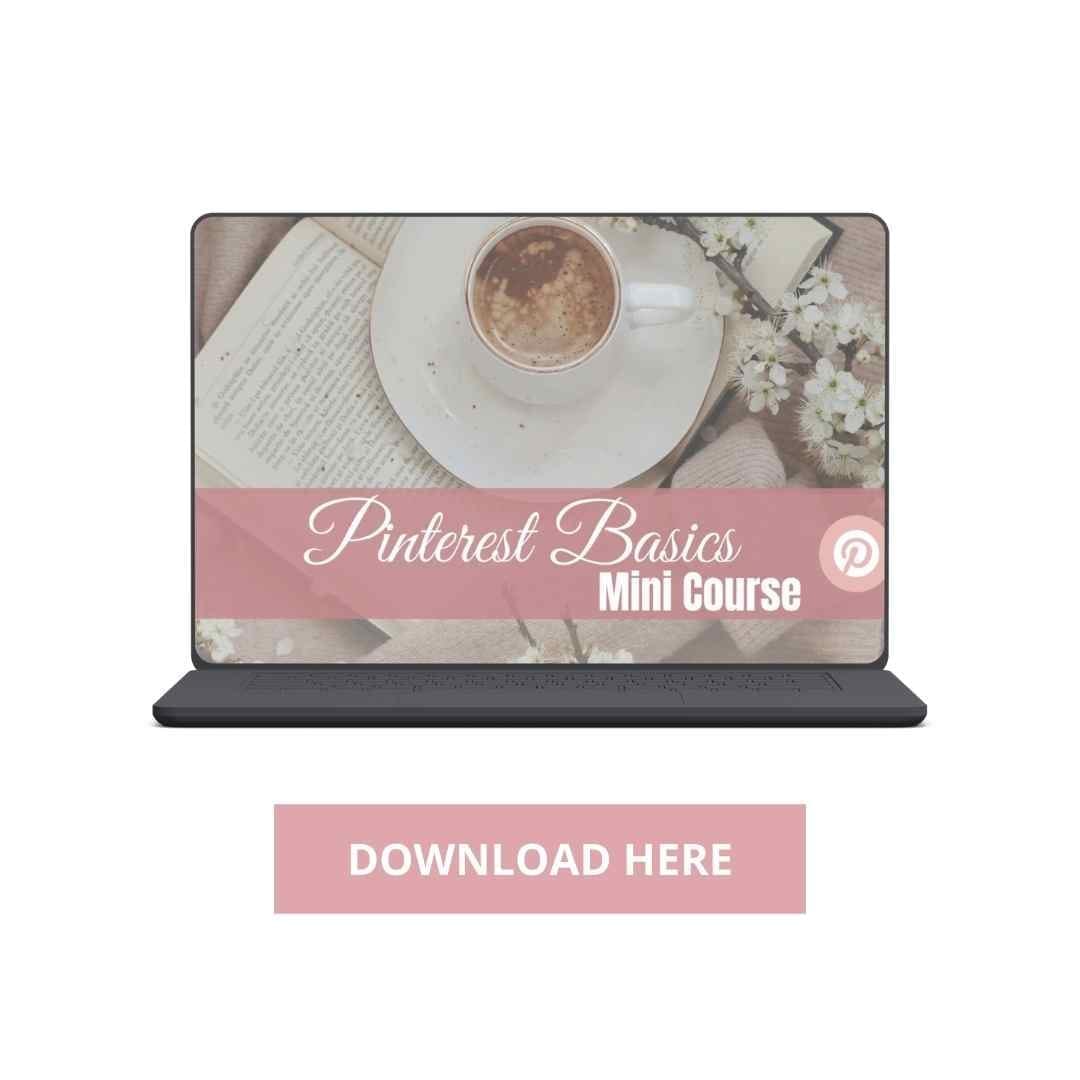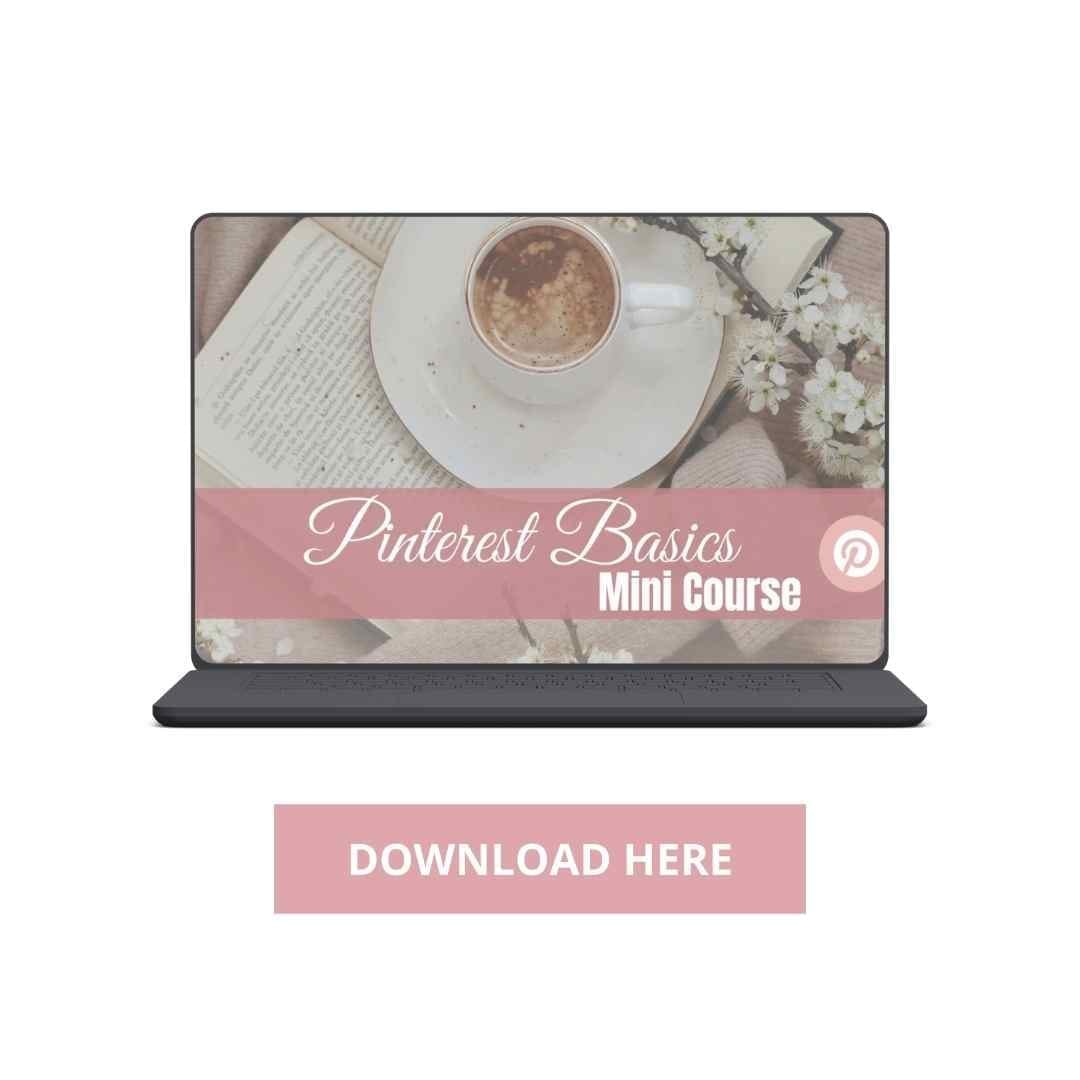A SIMPLE CALCULATION
SHOWING HOW
SIMPLE IT CAN BE
To Replace Your 9-5 Income With Ease
A SIMPLE CALCULATION
SHOWING HOW
SIMPLE IT CAN BE
To Replace Your 9-5 Income With Ease
Ever dreamt of breaking free from the daily grind and earning a steady income online? If you're anything like me, you’ve probably spent countless hours Googling ways to make money from home.
Let me tell you: it’s absolutely possible, and Pinterest ads are a game-changer. In this post, I’ll walk you through the exact math and strategy I use to generate £1000 a month from Pinterest ads, along with how this income can help you step away from your 9-to-5. Ready? Let’s dive in!
Why Pinterest
Pinterest is an incredible platform for driving traffic. Unlike other social media, Pinterest acts more like a search engine.
People go there to find solutions, inspiration, and products they’re already primed to buy. This means the audience is warm, engaged, and ready to take action—perfect for monetisation.
If you want to set up an account, you can do that HERE!
Setting a Realistic Goal
To replace your day job, you’ll first need to calculate how much money you need to live comfortably.
For simplicity, let’s assume your goal is to make £1000 a month. With Pinterest ads, this is achievable, especially if you have a solid blog or product to promote.
Here’s the formula we’ll use:
Revenue = (Traffic × Conversion Rate) × Average Sale Price
Let’s break this down step by step.
The Maths: How Pinterest Ads Make Money
Step 1: Understand Your Ad Spend
Let’s say you’re starting with a modest daily ad budget of £10. This means you’re spending £300 per month (30 days × £10). Pinterest ads generally cost around £0.10 to £0.50 per click, depending on your niche. For this example, we’ll assume you’re paying £0.25 per click.
Daily Clicks: £10 / £0.25 = 40 clicks per day
Monthly Clicks: 40 × 30 = 1200 clicks per month
So, with a £10 daily ad spend, you’re driving 1200 people to your blog or product page every month.
Step 2: Factor in Your Conversion Rate
Your conversion rate is the percentage of visitors who take the action you want, such as making a purchase or signing up for your email list. A typical conversion rate for a well-optimized blog or sales page is around 2-5%. Let’s go with 3% for this example.
Conversions: 1200 clicks × 3% = 36 conversions per month
Step 3: Calculate Your Average Sale Price
Your average sale price depends on what you’re selling. If you’re promoting a product or an affiliate offer, it might range from £20-£50. For this example, let’s assume you earn £30 per conversion (whether through product sales, affiliate commissions, or ad revenue).
Revenue: 36 conversions × £30 = £1080 per month
Step 4: Subtract Your Ad Spend
Your ad spend was £300 for the month, so you’ll need to subtract that from your total revenue:
Profit: £1080 - £300 = £780
While this example falls slightly short of £1000, tweaking your daily ad spend, increasing your conversion rate, or selling higher-ticket items can help you hit and exceed your goal.
Scaling to Replace Your 9-to-5 Income
Now let’s look at how you can scale this model to replace your full-time job. Let’s assume your monthly income goal is £2000. Here’s how you’d adjust:
Double your ad spend: Spend £20 daily instead of £10, driving 2400 clicks per month.
Optimize for conversions: Improve your sales page or offer to boost your conversion rate to 4-5%.
Promote higher-ticket products: Focus on items that pay £50-£100 per sale.
With these changes, your potential revenue could look something like this:
2400 clicks × 4% conversion rate = 96 conversions
96 conversions × £50 average sale price = £4800 revenue
Profit: £4800 - £600 (ad spend) = £3800
And just like that, you’re earning enough to comfortably leave your 9-to-5!
Tips to Make It Work
While the maths make it seem straightforward, success requires consistent effort and strategy. Here are a few tips to maximise your results:
Choose the Right Niche: Focus on niches with engaged audiences and products you can easily monetise, such as home decor, health, or personal finance.
Create High-Quality Content: Ensure your blog posts or sales pages are well-written and optimised for conversions. Provide real value to your readers.
Test and Optimise: Run A/B tests on your Pinterest ads and landing pages to find what works best. Small tweaks can significantly boost your conversion rate.
Build an Email List: Not everyone will convert on the first visit. Use Pinterest ads to grow your email list and nurture leads through email marketing.
Monitor ROI: Keep an eye on your ad spend and revenue to ensure you’re profitable. Scale up only when you’re confident in your results.
My Journey: From Nurse to Blogger
I’ll be honest—when I first started, I had doubts. Coming from a healthcare background, I wasn’t exactly tech-savvy. But I was determined to build something that would give me more freedom and flexibility. Blogging combined with Pinterest ads turned out to be the perfect fit.
It took some trial and error, but once I figured out the formula, everything clicked. Now, I’m earning enough to work on my own terms while helping others do the same. If I can do it, so can you.
Making £1000 a month with Pinterest ads is completely doable if you follow a proven strategy and stay consistent. Start small, learn as you go, and don’t be afraid to reinvest your profits to scale up.
With time and effort, this income can grow into a sustainable business that gives you the freedom to leave your 9-to-5 behind.
If you’re new to Pinterest and wondering where to even begin, this short course is your answer. Simple, clear, and designed to get you moving — check it out below.
So, what are you waiting for? Take the first step today. Create your blog, set up a Pinterest business account, and start experimenting with ads. Your future self will thank you!

HEY I'M EMMA
I help hardworking, passionate women like you start and grow your online business step by step.



free session
BEHIND THE CLICK
Get an inside look at the strategies
I use to run my online business
Follow us on








